Giro d'Italia: Steeper, longer version of Blockhaus climb than any previous visit - Preview
Local rider Cataldo calls this side of the giant of Abruzzo the hardest
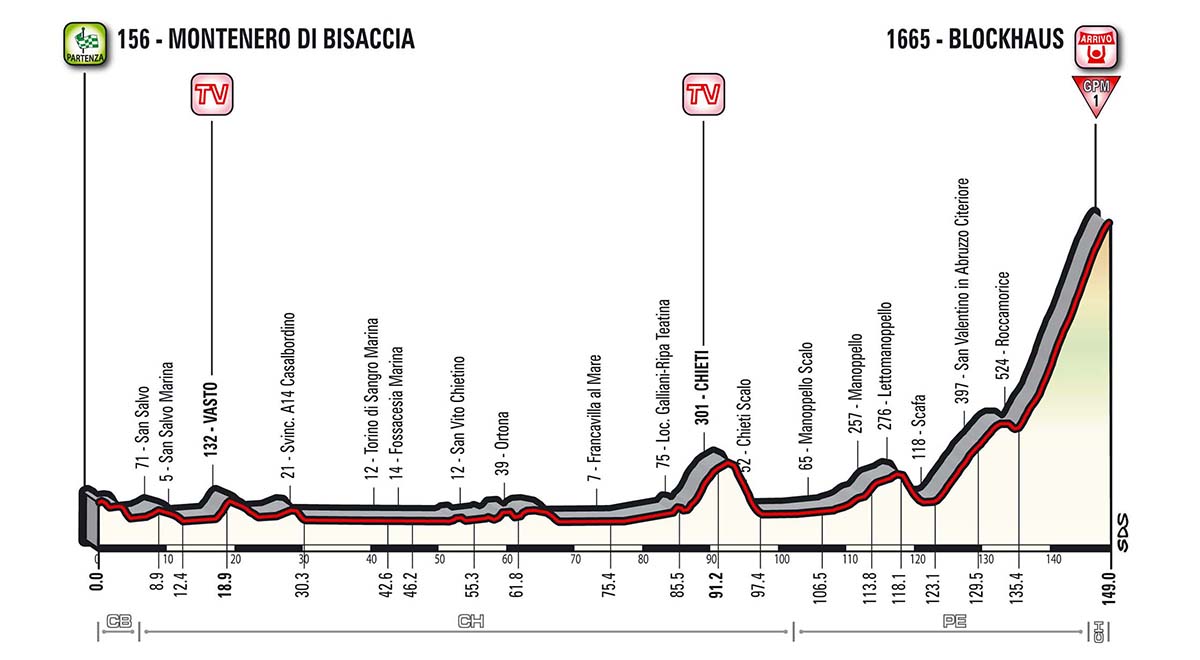
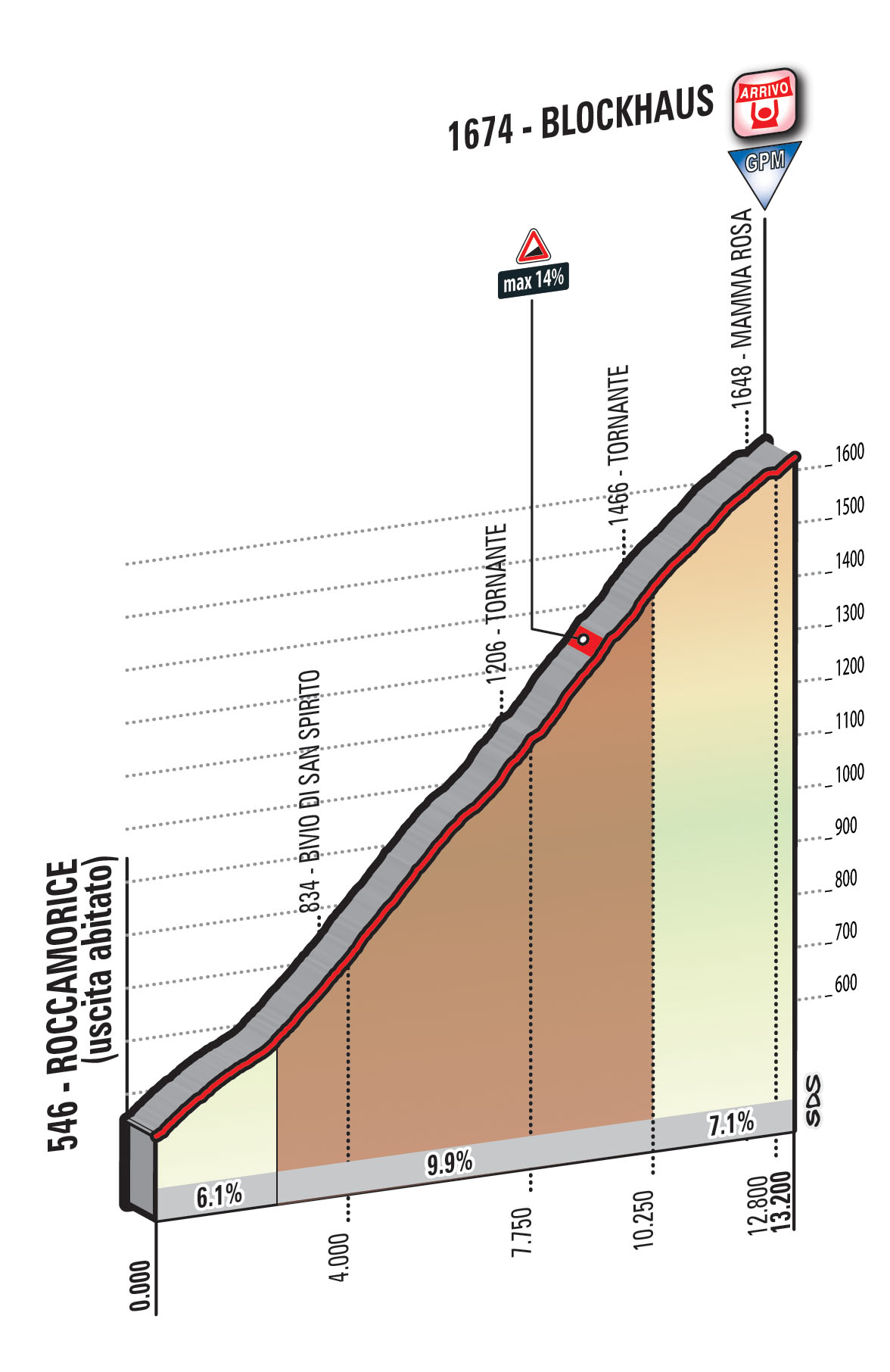

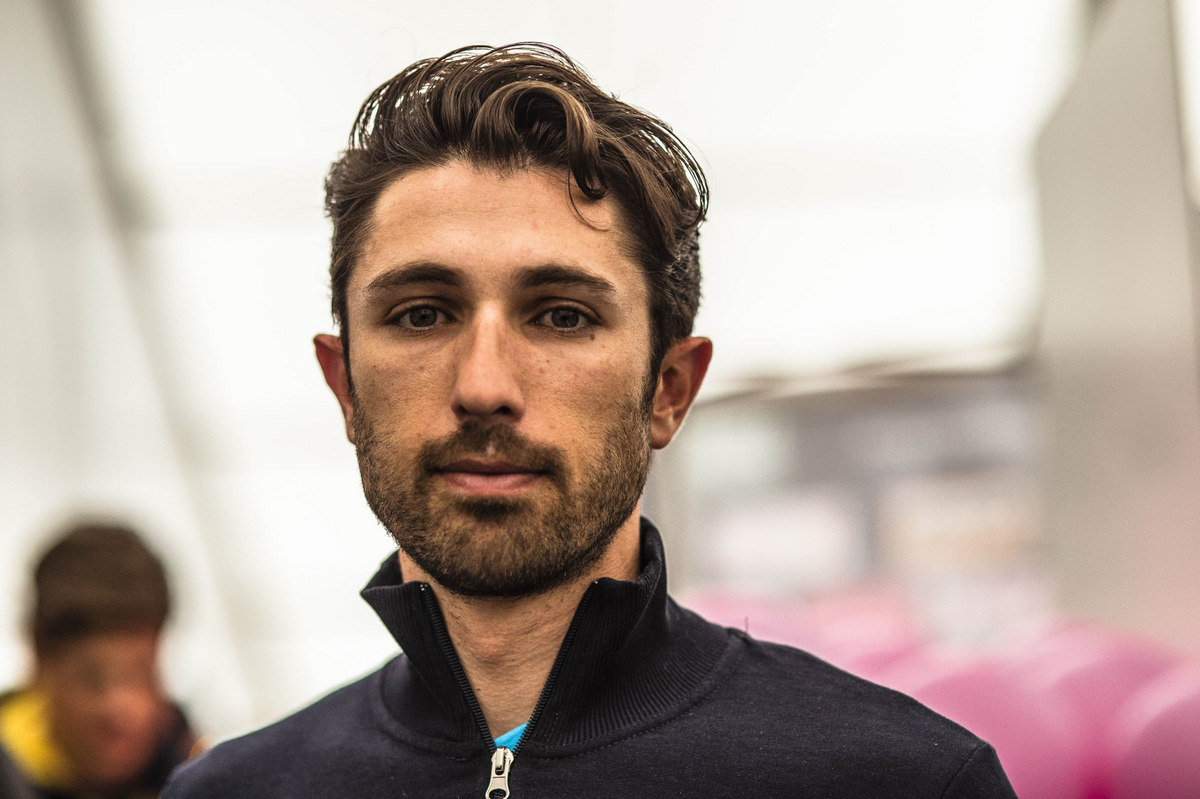
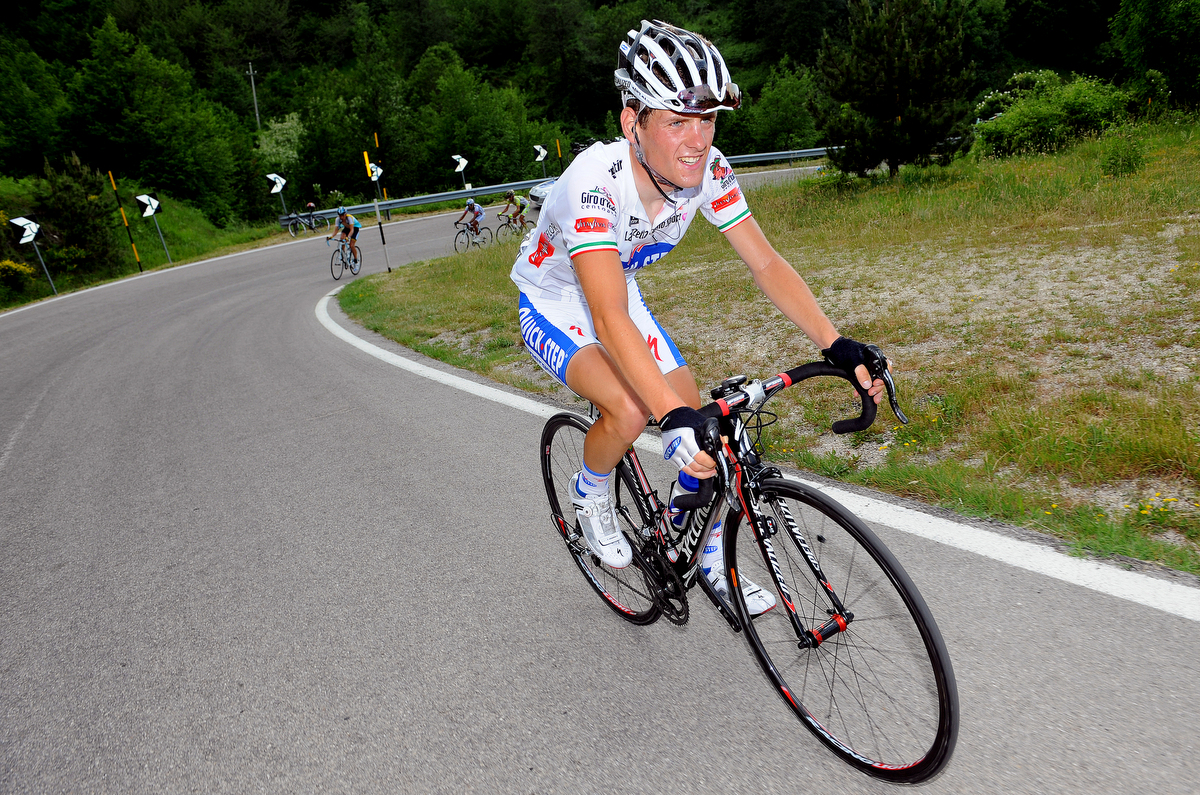
For the 100th edition of the Giro d'Italia, just like its centenary in 2009, RCS Sport simply could not leave the Blockhaus and all its attendant history out of the route. The Germanic name – a residue of Habsburg influence in the area – is incongruous, but it seemed a fitting kind of place for that most other-worldly of riders, Eddy Merckx, to win his first Grand Tour stage at the 1967 Giro.
Five years later, after Merckx had become Merckx, the Blockhaus was the site of one of the great crises of his imperial phase, as Manuel Fuente danced away to claim stage victory and move into the maglia rosa. Mountains that eat up the Cannibal himself tend to earn themselves a special kind of cachet.
For Astana's Dario Cataldo, the Blockhaus is a place both sacred and routine. A native of nearby Lanciano, he has been testing himself of Abruzzo's most renowned climb since he was a teenager and is one of the few riders who will know Sunday's finale intimately. Vincenzo Nibali (Bahrain-Merida), for instance, was unable to reconnoitre the ascent due to snow, though the fact that his brother's girlfriend hails from Roccamorice, at the base of the climb, means that he will be armed with at least some local knowledge.
Although this will be the Giro d'Italia's sixth visit to the Blockhaus, it will be the first time it has been tackled from this side, and Cataldo judges the 13.65-kilometre haul to the finish, 1665 metres above sea level, to be the toughest. The ascent is the only climb on stage 9, and comes at the end of an otherwise straightforward 149-kilometre trek through Abruzzo from Montenero di Bisaccia.
"This side of the Blockhaus has never been tackled in a race before," Cataldo told Cyclingnews. "There are three sides, and both the others have been done before, at the Giro and Tirreno-Adriatico, but this side has never been done before in a race. It's the hardest of the three, too, because it's steeper and longer than the others."
The Giro's first summit finish at Mount Etna last Tuesday proved to be an anti-climax, at least in terms of the battle for final overall victory, due largely to the stiff headwind that buffeted the race on the final approach towards Rifugio Sapienza. Regardless of the conditions on Sunday, the sheer difficulty of the Blockhaus means that it ought to provoke a greater selection among the contenders for the maglia rosa.
The opening slopes of the climb are relatively gentle, flitting between 7 and 4%, but the real hostilities begin once the road kicks up to above 9% with a shade under 10 kilometres to go. From there to the summit, the average gradient is a tough 9.4% and the Blockhaus quickly becomes an unremitting grind.
Get The Leadout Newsletter
The latest race content, interviews, features, reviews and expert buying guides, direct to your inbox!
"It will definitely make a difference because the gradients are very significant," Cataldo said. "The first part, the lead-in, is very similar to Etna in that it's regular, but the last 12 or 13 kilometres are really hard. Up there, being on the wheels won't count for anything and having a team around you won't count for much. The legs will make the difference. There'll certainly be a big battle among the pure climbers."
The steepest section comes with a shade under 4 kilometres to go, when the gradient rears up to 14%, but it would [be a surprise if the maglia rosa group has not been splintered or even scattered across the mountainside by that point. The slopes relent only gradually thereafter, and there is precious little chance to recover save for the briefest of dips in the final kilometre. A strongman opening a gap on the approach to the summit will expect to hold it all the way to the line.
It is, Cataldo explains, a mountain for the pure climbers. Nairo Quintana (Movistar), for one, will surely sense an opportunity to distance maglia rosa Bob Jungels (Quick-Step Floors) and Tom Dumoulin (Sunweb) ahead of Tuesday's Montefalco time trial.
"For me personally, it's not exactly my favourite side because I'm not a pure climber like the others. I prefer my climbs with kinder gradients, shall we say, but it's a beautiful climb and I love going up it in training because it's a real climb," Cataldo said. "But from a sporting viewpoint, for a guy who weighs 10 kilos more than the real climbers I do, it's not really for me."
The Blockhaus is, so the truism goes, the kind of mountain that might not tell us who will win the Giro, but should certainly hint at who won't. Yet while it will provide some definition to the general classification, it is hardly likely to prove decisive with so much distance still left to run to Milan.
After all, though Fuentes' victory on the Blockhaus in 1972 lives on in the popular imagination of the Giro, he lost the maglia rosa three days later when Merckx attacked him remorselessly on the road to Catanzaro. Come Milan, the Cannibal had his third Giro.
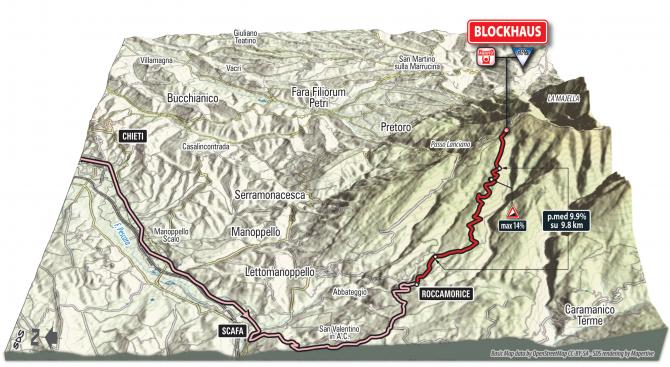

Barry Ryan was Head of Features at Cyclingnews. He has covered professional cycling since 2010, reporting from the Tour de France, Giro d’Italia and events from Argentina to Japan. His writing has appeared in The Independent, Procycling and Cycling Plus. He is the author of The Ascent: Sean Kelly, Stephen Roche and the Rise of Irish Cycling’s Golden Generation, published by Gill Books.